|
Introduction from Eija Salmi, Secretary General, Cumulus Assoc. & Thais Russomano, CEO, InnovaSpace: During the 21st century outer space has become a topic for discussion by passionate people in design universities worldwide. Some institutions have piloted initiatives and have ongoing activities in the art, design and media curriculum focused on space, considering how design can contribute to overcoming the challenges humanity will encounter when exploring this new frontier. We know for certain that living off-Earth will bring multiple challenges that require innovative solutions if we are to inhabit another planet. The field of design will be an essential element in facilitating space life, just as it is present everywhere in our lives here on Earth, whether on its own or collaboratively with other disciplines, such as medicine, engineering etc. Design education and research plays a massive role not only for the design profession, but also for business, industry and other institutional stakeholders in the space era to ensure a good, healthy and secure space future. The aim of this blog today, written by Dr Dolly Daou, is to share knowledge and inspire all of us to rise to the challenges of humanity’s tomorrow in outer space – inspired by design. This is the first in a series! Enjoy and please do share on your social media! On Planet Earth, we have been accustomed to living our lives conditioned by daily habits; we eat, sleep, cook, work, walk, build, interact according to our environments, grounded by gravity. Culturally, we differ in customs, in habits, we eat different food, we live differently, we speak different languages, however what unifies us is the relationship between our physiology and our topography. This relationship is the result of the universal gravity system and the evolution of beings and their environment on Planet Earth, the Blue Planet. The colour blue refers to the interaction of solar rays with the gases of Earth's atmosphere. Similarly, Planet Mars is known as the Red Planet in reference to the mass of red soil that covers its surface. The colour coding of both planets reflects the relationship between our biological existence and our environmental characteristics, which influence our daily habits and our survival traits on these planets. On Planet Earth, when we travel from a lush green environment to a yellow desert environment, or a blue beach environment, our habits change. We see a change in our built environment, building material, urban landscape, interior living conditions, our diet, temperature, and there will be a change in our physiology, our characteristics, and our daily habits. When designing a habitable environment on Mars, a planet with completely different atmospheric qualities to what we are used to on Earth, adaptation to the new tough living conditions must be taken into consideration for survival purposes - biological, social, and cultural. Hence, self-sufficient cabins and new food ecosystems have been tested in space shuttles and on Mars searching for new short and long-term living solutions. In the 1950s the term “cabin ecology” appeared to describe the interior living system or environment of a space vehicle. Science historian Peder Anker mentions, the design of Cabin ecology, “was to make their [space crew] environment as close as possible to the environment found on the surface of the earth”. Similarly, Suzanne Flinkenflögel mentions the adaptation to living on Mars is similar to adapting to other extreme environments on Earth and architecture has a role to play in designing the living conditions, Flinkenflögel writes: “Much like in Antarctica or aboard the International Space Station, human life is impossible in challenging environments without the aid of life support systems. Keeping a crew alive, comfortable and healthy...” Since adaptation to the Mars living conditions is impossible in the exterior environment, exploring these interior systems from an interior architecture and design perspective offers a new approach to understand and design new solutions for the Martian daily habits, while respecting our relationships with our new planetary environments. So, what happens when we change our living environment from Blue to Red with gravitation difference of 2.66 times on Mars to that of 0.375 on Earth, which is one-third of Earth gravity. On Mars the red soil indicates a high presence of iron oxide chemicals with 96% carbon dioxide, and less than 1% oxygen and 80 degrees Fahrenheit. These tough atmospheric conditions render Mars unhabitable on the exterior for terrestrial beings. However, to survive these conditions we would have to live in supported interior environments and construct artificial ecosystems of air, water and soil in controlled capsules known as, ‘Mars habitats’. Thais Russomano describes the long-term effect of living on Mars and how micro-gravity influences our physiology: “Bones are no longer required to support the weight of bodies as they do on earth and as a result, they begin to lose mass. This effect is seen mostly in the lower limbs where up to 2% of mass a month can be lost in the calcaneus.” In 1976, a feasibility study by NASA revealed that even extremophile organisms, specifically adapted for the Martian environment would take a few thousand years of evolution to be fit to inhabit Mars. Since eating is one of our main biological need for our survival, on Earth we dedicate a large amount of space and time in our cities and in our interior environment for the pleasure of preparing food and of eating. This is why, NASA space missions have been researching and testing new Martian food systems on space shuttles for new short and long-term solutions for food storage, and for a new Martian diets, mainly made from algae and insects. Food consumption and production on Mars include conceptual solutions to convert large amounts of carbon dioxide on Mars into oxygen and exploring recycling water for the Martian plants’ habitats. The above picture was shared on Astronaut Scott Kelly’s Instagram for Valentine's Day, who successfully nursed dying space zinnias back to health on the International Space Station using an artificial support ecosystem. From an interior architecture/design perspective, when designing interior spaces, we explore the purpose of the space by researching people’s everyday habits and activities and the relationship between the space and its environment. So, how would the Martian archetypes and typology of artificial ecosystems and habitable spaces/places reflect our new habits in the Martian environment, which include eating and food production? Will we be taking our terrestrial bad habits with us to Mars by exploiting the Martian natural resources? These are open provocative questions to be researched and explored. Although they are rhetorical questions for now they do open the opportunity for a dialogue across professions and across disciplines for the settlement on the new ‘Martian colony’. In interior architecture/design space and place mean different things. While space is the overall environment (the form or the shape), place is about the experience and the identity. Placemaking is how we transform the space into place, making it our own. We can forever discuss architectural forms and science-fiction buildings that defy gravity and float in space but how will we live, where will we work, eat, sleep, walk or even fly? These intimate details of the everyday construct our placemaking, which contain our cultural habits, and identities. The domed shaped structures of the homes designed by The Line Visualisation architectural studio, reflect the architecture cliché when we dream about science fiction celestial living. This typology might not have been the original intention of the architects, although on Instagram Moon is mentioned under the geolocation of ‘The house in the clouds’, which indicates an intention of a celestial design. On Earth we know that to walk we have to lift our legs, to sit we have to bend our knees, we eat through our mouths to experience different tastes and nutrients. In microgravity environments we will have to recondition our brain and our living environments to inhabit a new site with new material conditions influenced by: gravity, solar orientation, air, water and soil. These are the very elements that influence the interior architecture/design placemaking principals. The above structures express an imaginary dream of transporting our homes and our daily habits to celestial environments with us, as we transport our belonging when we go for a terrestrial holiday. How realistic will this life be on Mars or how relevant will these structures be in the new environment? If we know what our purpose on Mars will be, we will know what and how to design. Since we cannot adapt to the new Martian environment, we are already forcing the environment to adapt to us, hence repeating the same mistakes we are experiencing on Earth. What will our daily habits be on Mars? Will we lie down when we sleep, as we have been accustomed to on earth or will we stand up? Especially that we know with low gravity our muscles will function differently. Although these are scientific and biological questions, I am approaching these questions of survival on Mars from an interior design and a food design perspective to understand how to design our new artificial interior and food ecosystem with low gravity and oxygen. In our current living environment on Earth our brains have been conditions to live and act in a certain way acquiring cultural living habits over centuries and millions of years of adaptation and evolution to the point that we perform these daily banal tasks automatically. We have learnt to experience our cities on the exterior on a micro and a macro scale. The above image of Hong Kong is a familiar landscape of an urban skyline that we immediately recognise its architype, although we might not know its geolocation, or we might never have visited Hong Kong. We know how to live and build without thinking about essential survival elements, such as oxygen, water, and gravity. We design and live with what we know, based on historical architectural archetypes and typology. We think of gravity when we need to defy it in our architectural creation to make the building look weightlessness or floating in mid-air as shown in the image of the Serpentine Gallery Pavilion. How will we recreate our own Martian place in space? Especially that the colour scheme has already been selected by the red soil and its material condition, which has already determined that we will be living in interior capsules. So far designs for the ‘Martian colony’ reveal that we design with what we know, from our existing knowledge and memory, from our experience and since we have not yet experienced life on Mars we will be designing based on our own terrestrial experience. However, we will need to understand more our purpose on Mars and our relationship to the Martian environment to design with respect the eco-systems of ‘the new colony’. By definition ‘colonisation’ mean “the action of appropriating a place or domain for one's own use”. Judging from previous colonisations experiences on earth, will we be imposing our ‘bad habits’ on Mars as we did on Earth repeating the same mistakes by disregarding the existing environment and its original identity? Also, a question has been posed lately by Prince William shouldn’t we fix our problems on earth before we ‘colonise new planets’? Especially, with the ‘Mars habitat’ we will be forcing terrestrial living habits on a new planet with completely different environmental conditions. Our eco-cabins will change the environmental composition of Mars as we are currently doing on Earth. Research is still underway to find solutions for the new Martian colony and only time would tell how we will transform a space into our place. Before we move into Mars, we need to answer clear questions such as: What would be our purpose? And what Martian activities will we be performing everyday? Answering these questions will determine our Martian living lifestyle as aliens on Mars.  Blog Author: Dr Dolly Daou A doctorate in the fields of interior architecture and urbanism with 21 years of international experience in design Research & Development and in strategic leadership. Daou is an international expert and has a diversity of skills in design pedagogy, international alliances and higher education quality assurance in Australia, Asia, Europe and the Middle East. Combining her Doctorate knowledge and her interior architecture and urbanism skills with design management and strategies, Daou developed bespoke design research workshops and community projects for all sectors with beneficial ecological and economical tangible results. Daou directed many design and architecture programs and is currently a mentor at Rolemodel Rebels, a start-up Community Manager at the European Innovation Council EU, a member of Australian Business in Europe, Founder and Chair of New Eating Habits Working Group, Cumulus Association, Congress Ambassador of Dubai Tourism and Author many publications including: Unbounded on the Interior and Interiority. This blog is promoted and supported by the:
Comments are closed.
|
Welcometo the InnovaSpace Knowledge Station Categories
All
|
InnovaSpace Ltd - Registered in England & Wales - No. 11323249
UK Office: 88 Tideslea Path, London, SE280LZ
Privacy Policy I Terms & Conditions
© 2024 InnovaSpace, All Rights Reserved
UK Office: 88 Tideslea Path, London, SE280LZ
Privacy Policy I Terms & Conditions
© 2024 InnovaSpace, All Rights Reserved
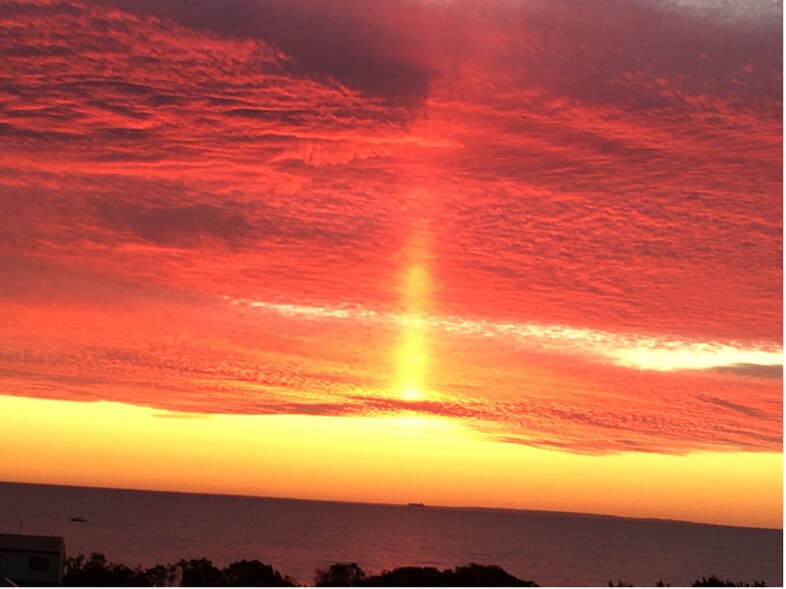
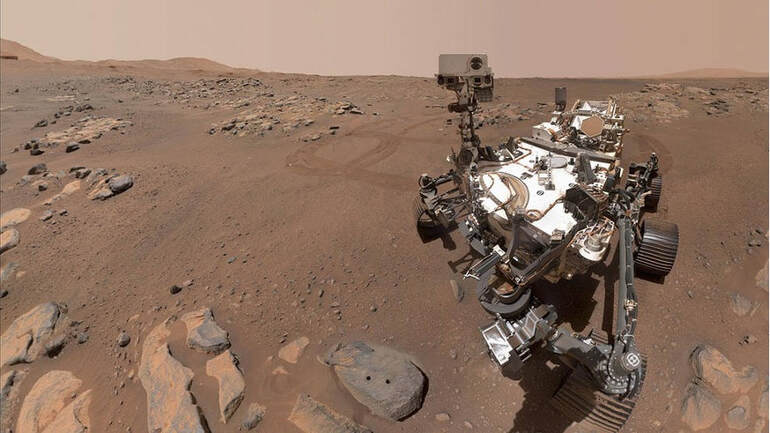
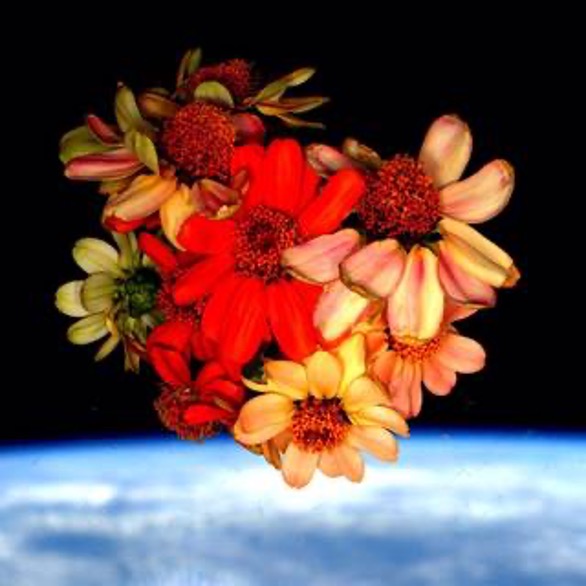
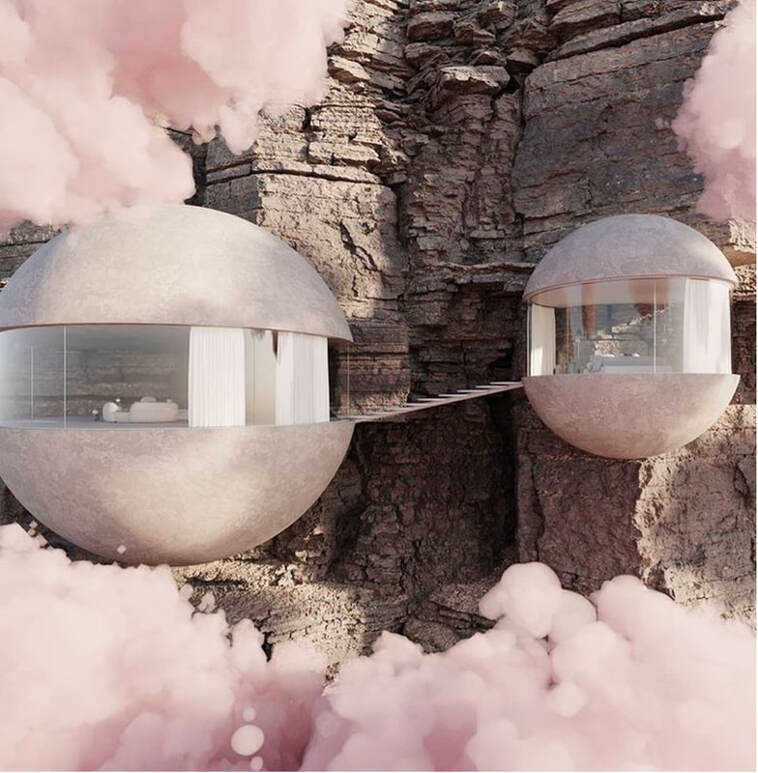
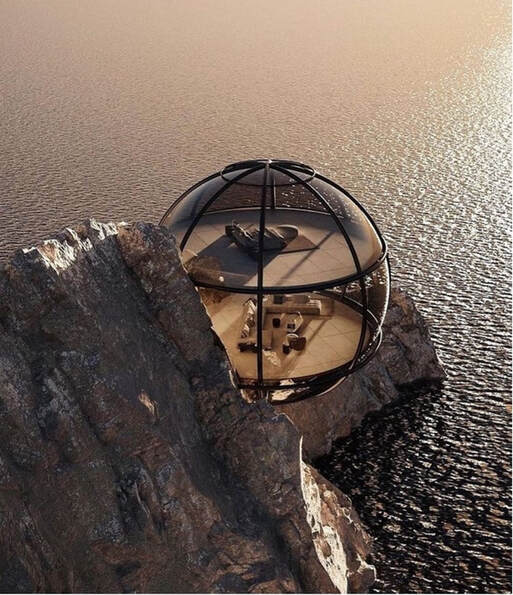
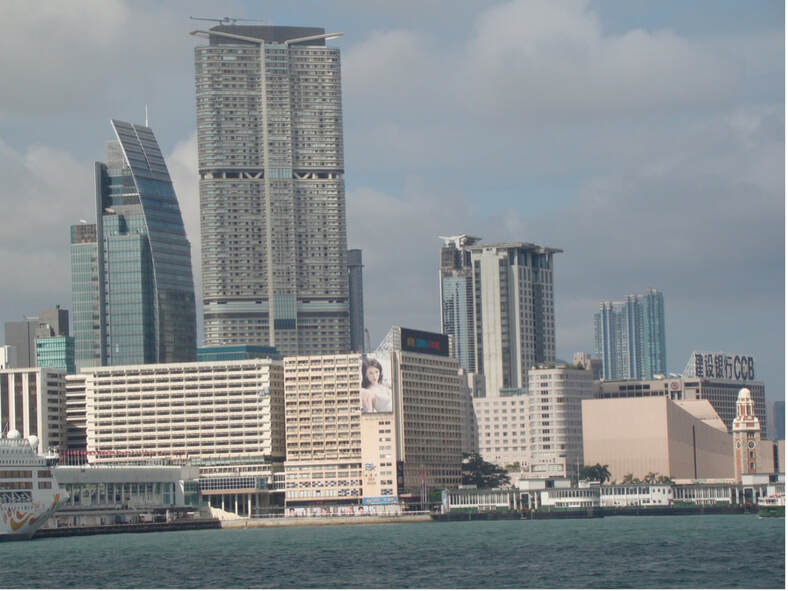
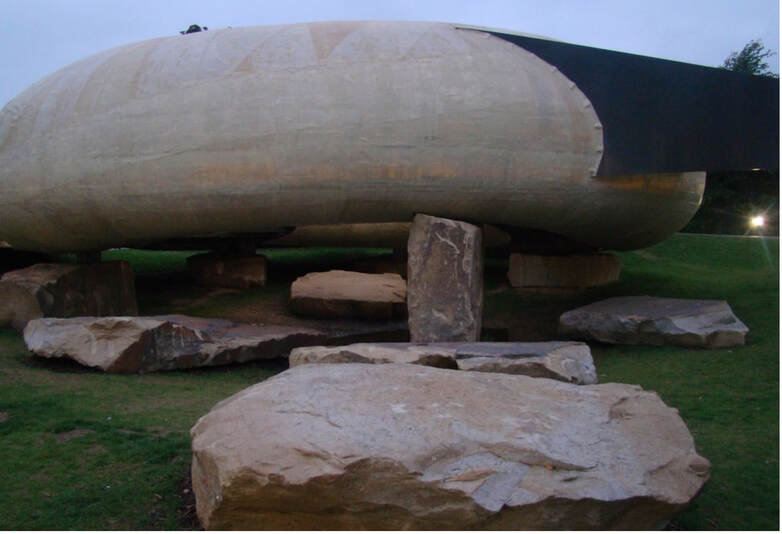

 RSS Feed
RSS Feed